Laos Currency: What Currency Does Laos Use
Proper preparation of finances is an important part of planning any international trip. For travelers heading to Laos in 2026/2027, understanding the country's currency is essential to ensuring smooth transactions and budgeting costs.
This travel guide provides an overview of Laos currency as well as exchanges in Laos. Let's begin with the background on Laos' official tender and latest dollar conversion rate.
![]() The Official Currency of Laos: The Lao Kip
The Official Currency of Laos: The Lao Kip
![]() Can I Use the US Dollars and Thai Baht in Laos Now?
Can I Use the US Dollars and Thai Baht in Laos Now?
![]() Is It Convenient to Exchange Money in Laos?
Is It Convenient to Exchange Money in Laos?
![]() Can I Use a Credit Card a Lot in Laos?
Can I Use a Credit Card a Lot in Laos?
The Official Currency of Laos: The Lao Kip
Laos, like many other countries, has its own official currency known as the Lao Kip. Lao Kip, denoted by the symbol "₭," is the primary form of legal tender used throughout the country.
As of the current exchange rate, approximately 20887 Laotian Kip (LAK) equals one US Dollar (USD). While other currencies might be accepted in tourist areas (we'll discuss that later), having Lao Kip readily available is essential for several reasons. Here's why:
● Widespread Use: Many smaller shops, local markets, and transportation providers throughout Laos may only accept Kip. Having the local currency allows you to avoid limitations and ensures a smoother travel experience, especially when venturing outside major tourist hubs.
● Enhances the Experience: Using the local currency fosters a more immersive travel experience. Engaging with the local economy through Kip transactions allows you to connect with the culture in a more meaningful way.
Lao Kip banknotes come in various denominations, including 500, 1000, 2000, 5000, 10,000, 20,000, 50,000, and 100,000 kip, catering to different transaction amounts.
Additionally, there are coins available in smaller denominations, although they are not as commonly used in everyday transactions. While you might encounter references to "What is the Currency of Laos" or "What currency does Laos use," the answer is always the Lao Kip.

The Laos Kip
Can I Use the US Dollars and Thai Baht in Laos Now?
Yes, while the Lao Kip is the official currency of Laos, you can use US Dollars (USD) and Thai Baht (THB) during your visit to Laos. The following is a breakdown of their acceptance and limitations:
US Dollars (USD)
● Limited Acceptance: US Dollars are generally accepted in tourist areas, particularly larger establishments like hotels, restaurants catering to tourists, and some souvenir shops. However, the exchange rate offered might not be the most favorable, and you might receive Kip as a change.
● Inconvenience: Relying solely on USD can be inconvenient. Smaller shops, local markets, and transportation providers may not accept them, limiting your purchasing options. Additionally, carrying large amounts of cash can be cumbersome and pose security risks.
Thai Baht (THB)
● Even More Limited Acceptance: Compared to the USD, the Thai Baht has even more limited acceptance in Laos. While some border towns near Thailand might accept THB, relying on them for your entire trip is not advisable.
● Exchange Rates: Similar to USD, the exchange rate offered for THB might not be the best. Converting your currency to Lao Kip beforehand ensures you get the most out of your money.
While US Dollars and Thai Baht might be accepted in some tourist areas, it's highly recommended to have Lao Kip readily available for a smoother and more cost-effective travel experience throughout Laos.
Is It Convenient to Exchange Money in Laos?
Exchanging money in Laos is generally a convenient process, particularly in top attractions in Laos like Vientiane and Luang Prabang. Here's what you can expect:
● Widespread Money Changers: Licensed money changers are readily available in towns and tourist areas. They offer competitive exchange rates, and the process is usually quick and straightforward.
● Banks as an Option: Banks can also exchange currency, though their rates might be slightly less favorable compared to money changers. However, banks offer the security of a trusted institution.
● Exchange Before Arrival (Optional): Consider exchanging a small amount of your home currency for Kip before your departure to Laos. It ensures you have cash on hand for immediate needs upon arrival, especially if you land at a smaller airport.
Be sure to compare rates and fees across different exchange services to get the best deal, and consider exchanging only what you need to minimize the risk of carrying large amounts of cash. Overall, with proper planning and awareness—exchanging money in Laos can be a hassle-free experience for travelers!

Exchanging money in Laos
Can I Use a Credit Card a Lot in Laos?
Credit cards offer a convenient way to travel without carrying large amounts of cash. However, their usefulness in Laos comes with limitations:
● Limited Acceptance: Credit card acceptance in Laos is generally restricted to larger establishments, primarily in major tourist destinations like Vientiane and Luang Prabang. However, relying solely on credit cards can be risky in smaller towns, local markets, and for transportation.
● Fees: Be aware of potential fees associated with using your credit card abroad. These might include foreign transaction fees, cash advance fees (if you withdraw Kip from an ATM using your credit card), and dynamic currency conversion fees. Check with your bank for their specific charges to avoid unpleasant surprises.
● Technical Issues: Technical difficulties with card readers or network connectivity can occur, especially in remote areas. It's always wise to have a backup plan and carry enough Lao Kip for everyday expenses.
Credit cards can be a helpful supplement, especially for larger purchases or emergencies. However, they shouldn't be your primary mode of payment in Laos. Having a good mix of Lao Kip and a credit card with favorable overseas transaction terms provides a balance between convenience and financial security.

Not recommended to use credit card when buying in Laos
Is Laos Cheap or Expensive to Visit?
Laos offers a wonderful travel experience known for its affordability. As a quick overview, here's what you can expect:
● Generally Inexpensive: Compared to many Southeast Asian destinations, Laos is a budget-friendly travel destination. Accommodation, transportation, and food are much cheaper than in neighboring countries. You can find comfortable guesthouses, delicious street food, and local transportation options for a very reasonable price.
● Variations in Cost: The costs can vary depending on your travel style. Tourist areas might have slightly higher prices while venturing off the beaten path can be even more budget-friendly. Upscale restaurants and luxury accommodations naturally come at a premium.
● Bargaining Potential: In local markets and with some street vendors, bargaining is an expected part of the experience. It can further enhance the cost-effectiveness of your trip.
● Planning for Your Budget: Having a mix of Lao Kip and a credit card with favorable terms allows you to adapt to varying costs throughout your trip.
Laos is an excellent choice for budget-conscious travelers. With its affordable options and bargaining opportunities, you can experience the wonders of Laos without breaking the bank. Just remember to plan your budget and have a mix of payment options to ensure a smooth and enjoyable travel experience.
More Tips for Visiting Laos
Here are some additional tips to ensure a smooth and financially secure visit to Laos:
● Inform Your Bank: Before your trip, notify your bank that you'll be using your debit or credit card abroad. It helps prevent them from freezing your account for suspicious activity.
● Bring Small Bills: Having a good mix of smaller Kip denominations allows for easier transactions when dealing with street vendors, local transportation, or small purchases.
● Beware of Money Exchange Scams: Always exchange money at reputable licensed money changers or banks. Count your Kip carefully after each transaction to avoid any discrepancies.
● Consider ATMs: ATMs are available in major towns and tourist areas. However, they might charge withdrawal fees. Check with your bank for their specific charges and daily withdrawal limits.
Conclusion
By understanding the currency landscape and following these tips about Laos currency, you'll be well-equipped to navigate your finances during your Laotian adventure.
For an unforgettable Laotian experience, consider contacting us. We can help you plan your itinerary, secure the best accommodations, and learn the ins and outs of Laos. With our local expertise and personalized service, you can focus on creating lasting memories on this fascinating Southeast Asian island.
More Related Travel Planning Articles
Most Popular Laos Tour Packages
-
 4 Days Luang Prabang Tour with Luang Say Cruise
4 Days Luang Prabang Tour with Luang Say CruiseLuang Prabang & Luang Say Cruise
Exploring Laos differently with a river cruise offers not only an excellent sense of the country but also allows you to get ...
-
.jpg) 6 Days Highlights Tour from Luang Prabang to Vientiane
6 Days Highlights Tour from Luang Prabang to VientianeLuang Prabang - Vientiane
This tour will not only take you to explore the Luang Prabang, but also the highlights of Vientiane. Lantern-lit streets ...
-
 9 Days Vientiane, Vang Vieng and Luang Prabang Tour
9 Days Vientiane, Vang Vieng and Luang Prabang TourVientiane - Vang Vieng - Luang Prabang
This 9-day tour will take you to Vientiane, Vang Vieng, and Luang Prabang of Laos. A place is full of quaint temples, stunnin ...
-
 13 Days Laos Off-the-beaten-path Tour with Overland Experience
13 Days Laos Off-the-beaten-path Tour with Overland ExperienceVientiane - Vang Vieng - Sam Neua - Xieng Khuang- Luang Prabang
In this 13-day tour, you will explore the little-visited countryside in Laos, taking in the rice plantations and waterfalls ...
Ask Us A Question For Free

.gif)











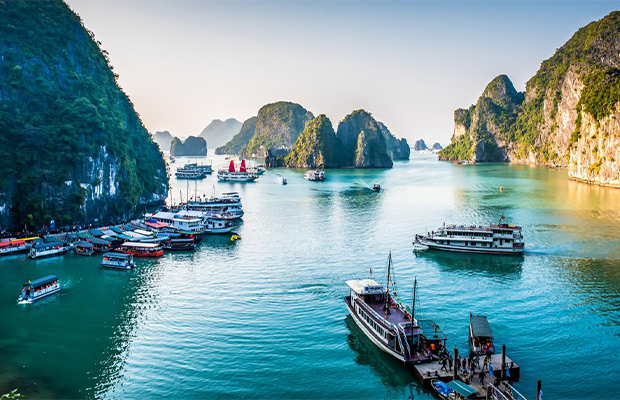
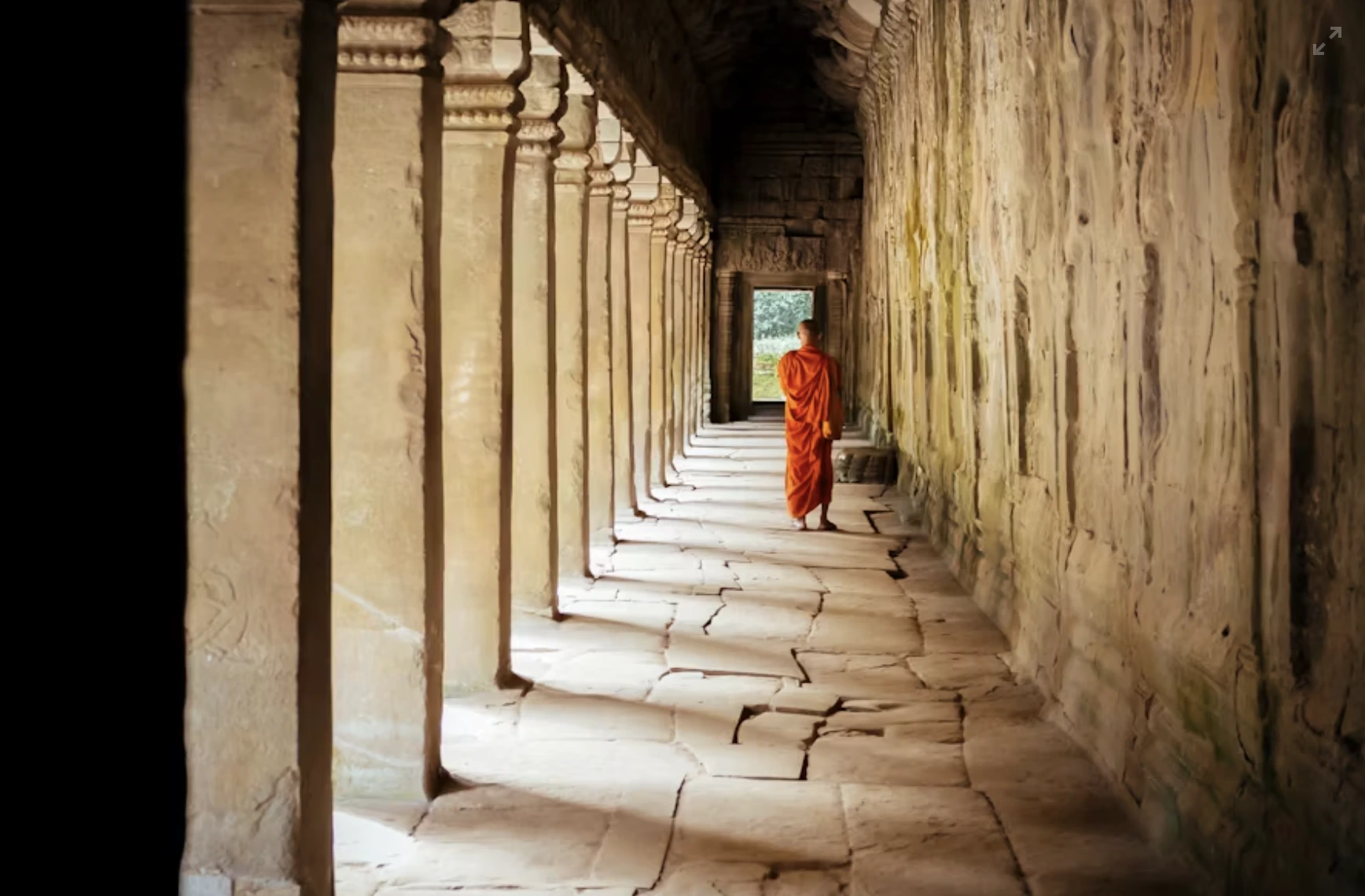

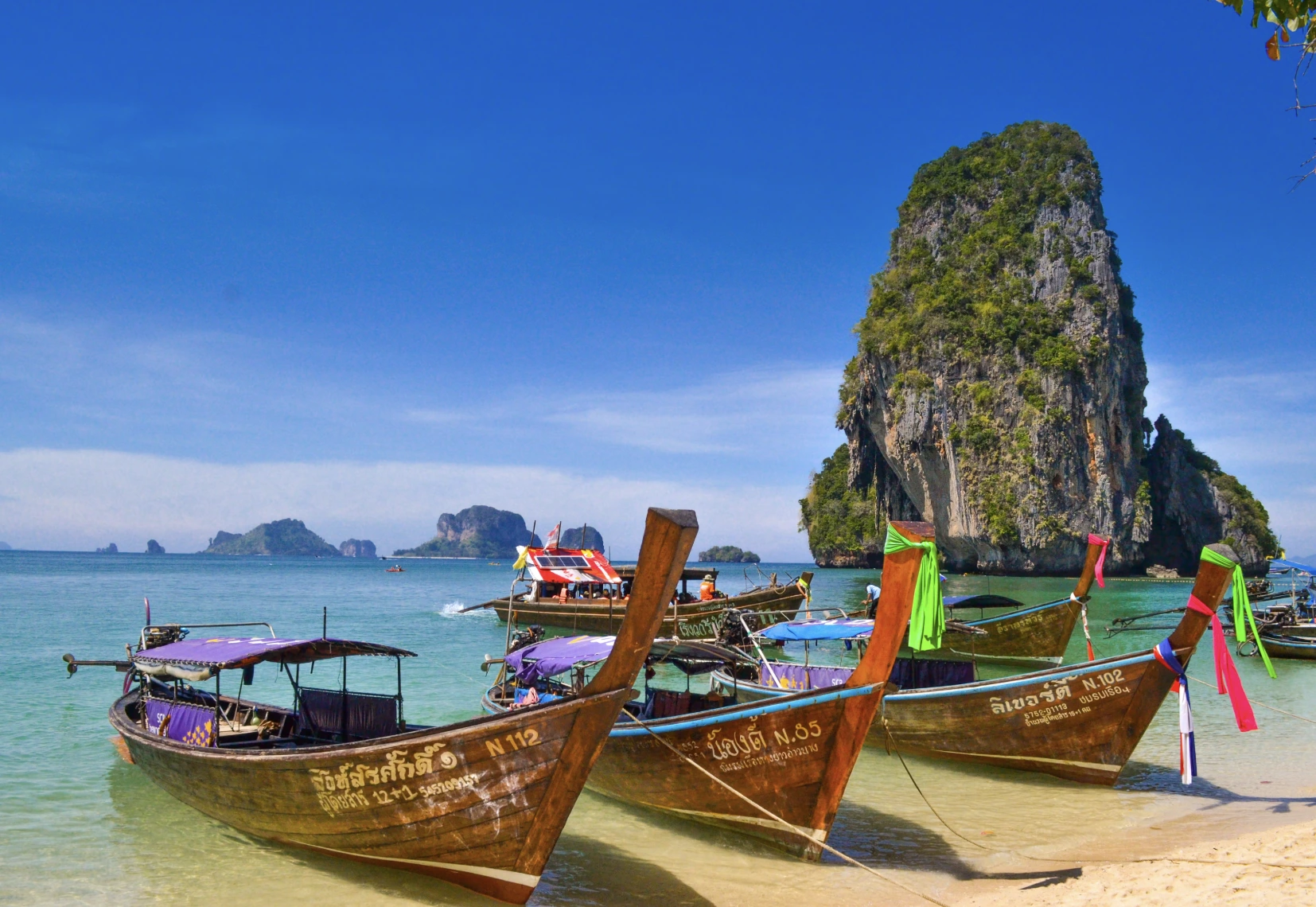
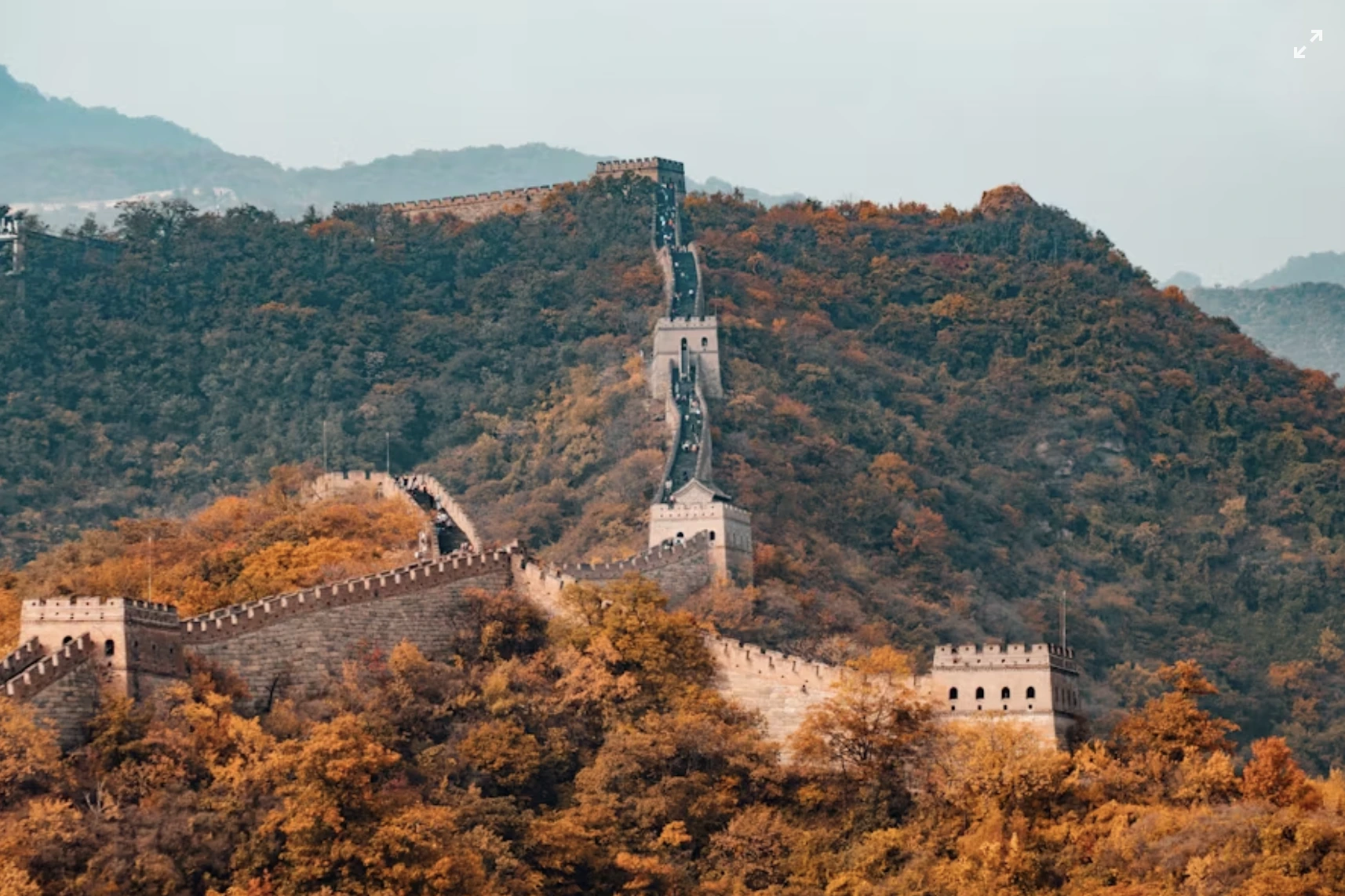














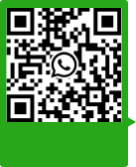



.jpg)

